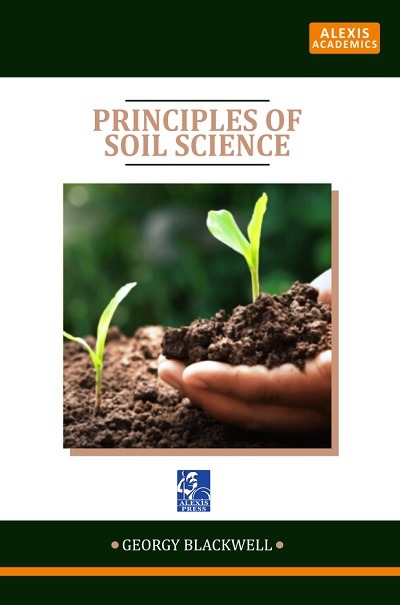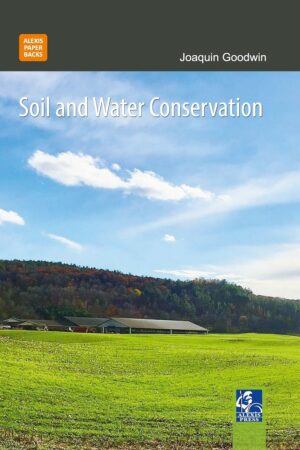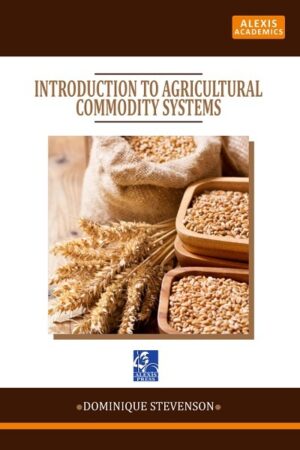Principles of Soil Science
Description
Soil science deals with soil as a natural resource on the surface of the earth including soil formation, classification and mapping; physical, chemical, biological, and fertility properties of soils per se; and these properties in relation to the use and management of soils. Soil is the foundation for profitable farming. In this subject the principles of chemistry, physics and biology will be used to determine the effects of agricultural practice on soil. Soil is one of the many natural resources present in abundance and variety. Soil science deals with the structure, composition, mapping and classification of soils all over the globe. The environmentalists and soil scientists are trying hard to preserve the quality of soils and arable lands. Soil is an important, non-renewable natural resource, which makes a significant contribution to biodiversity and provides a wide range of ecosystem services. Soil is vital for the agricultural, forestry and building industries, holds a substantial amount of the world?s carbon and has a fundamental role in cycling nutrients, controlling water drainage, and removing pollutants. These important ecosystem services mean that soil science is more important than ever. Intensive agriculture, urban development leading to the removal and sealing of soils, and pollution all pose threats to soils, through erosion, compaction, loss of organic material, and biodiversity. These problems, and so the importance of achieving sustainable management of soils, are only likely to increase in the face of challenges such as climate change and sustaining a rapidly increasing global population. Soils are complex features that reflect both past and present environmental conditions. This book is an intensive survey of the properties, genesis, and spatial distribution of soils, emphasizing key applications of soils data to ecology, environmental science, sustainable agriculture, land management, and climate change research.
Principles of Soil Science
Only logged in customers who have purchased this product may leave a review.







Reviews
There are no reviews yet.